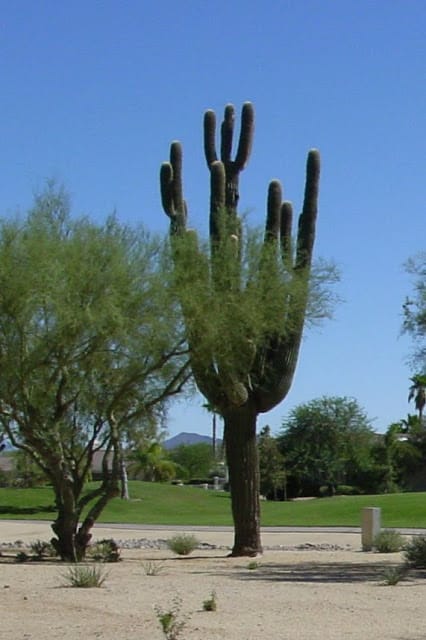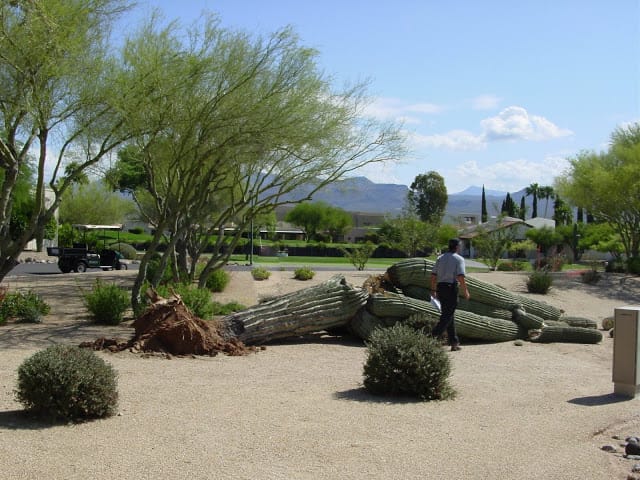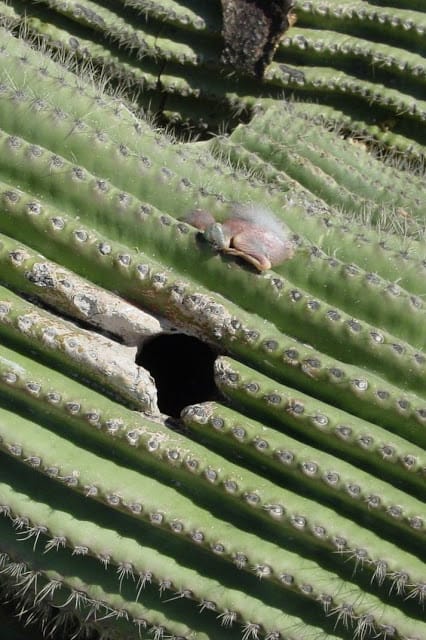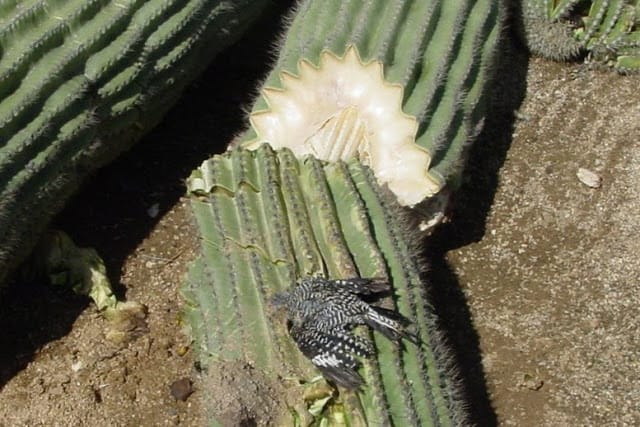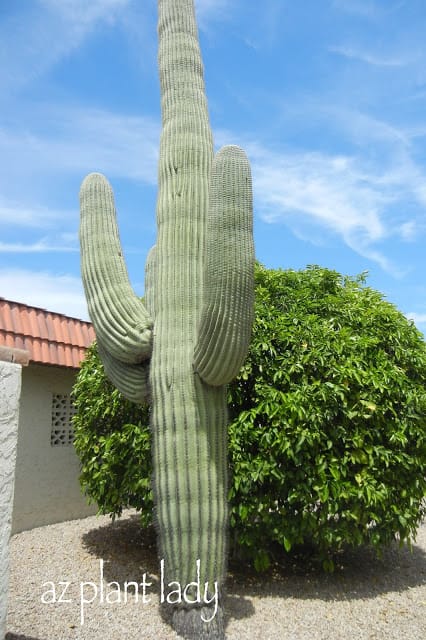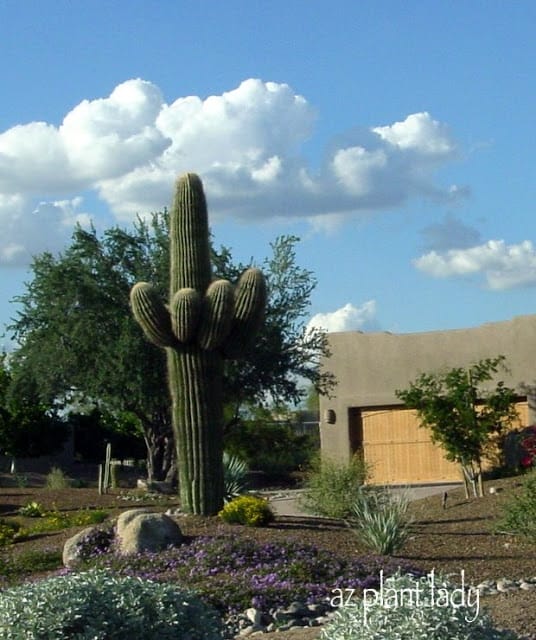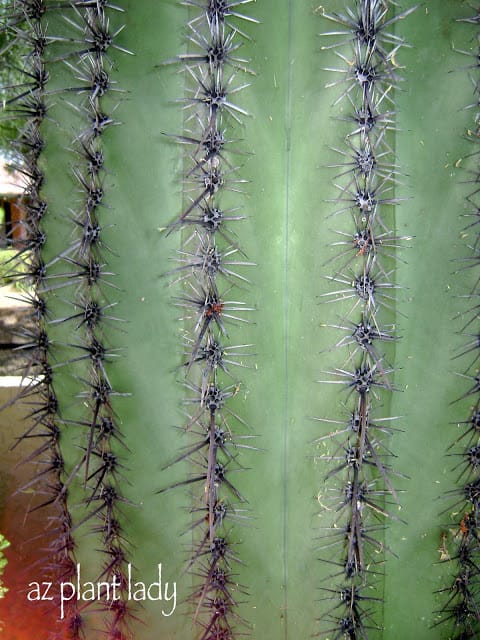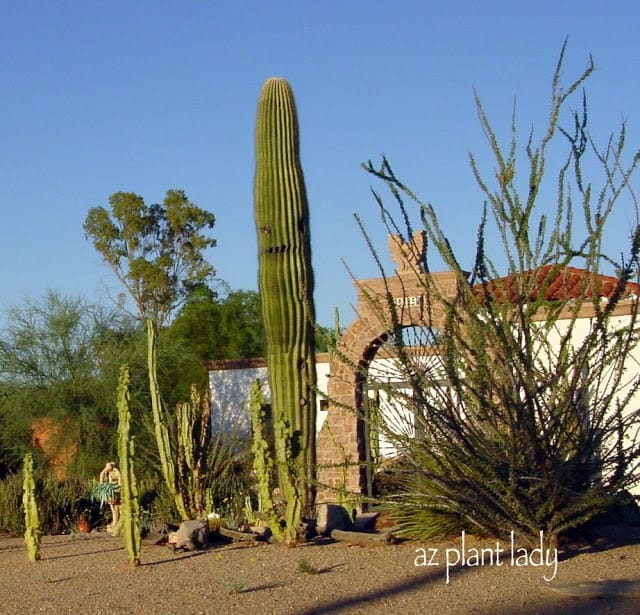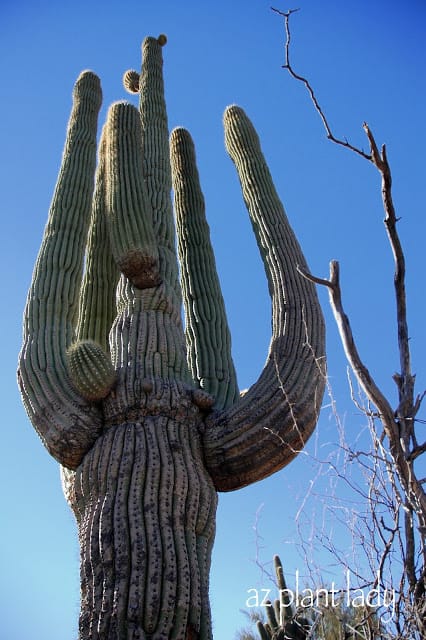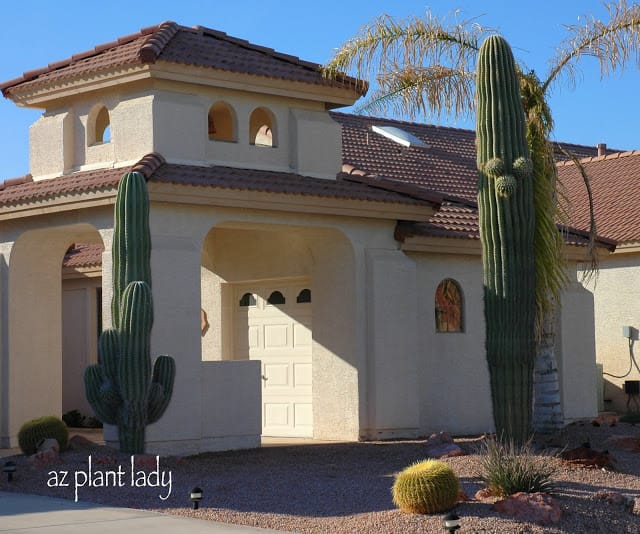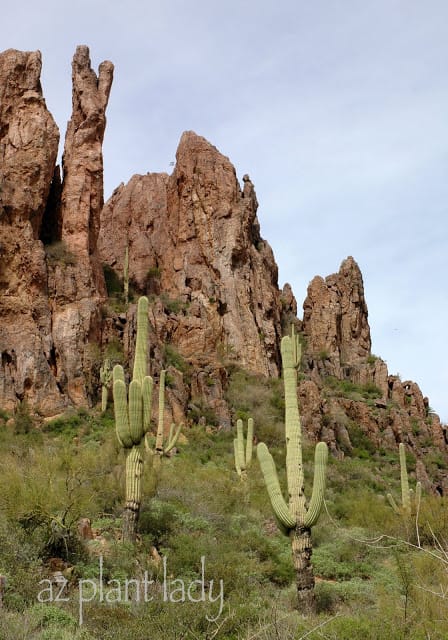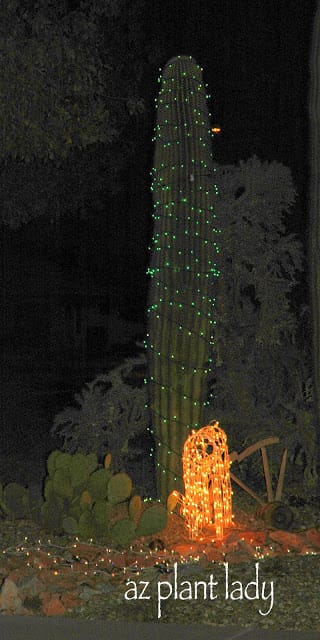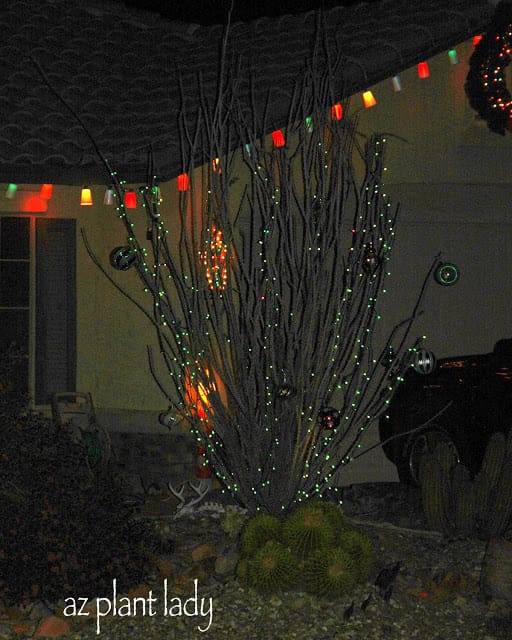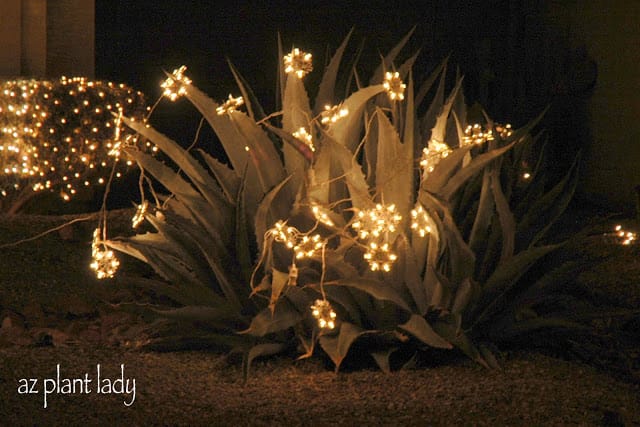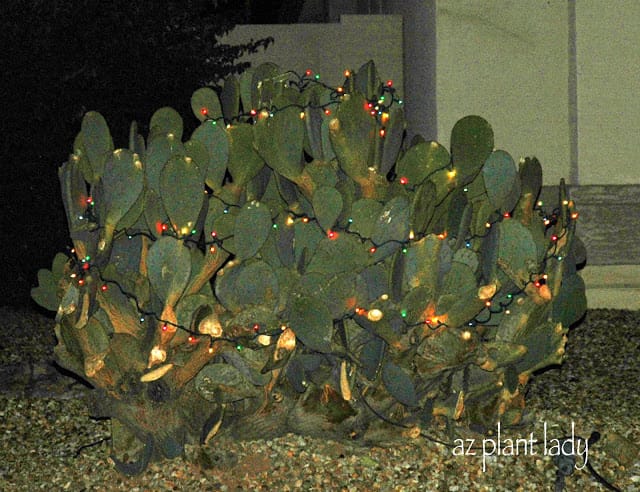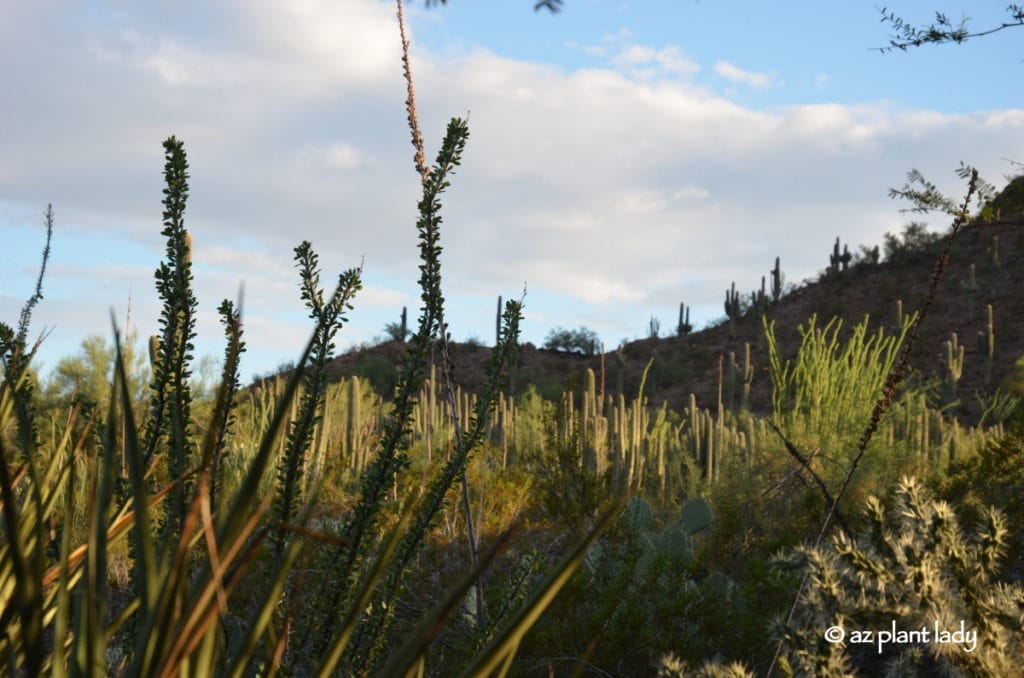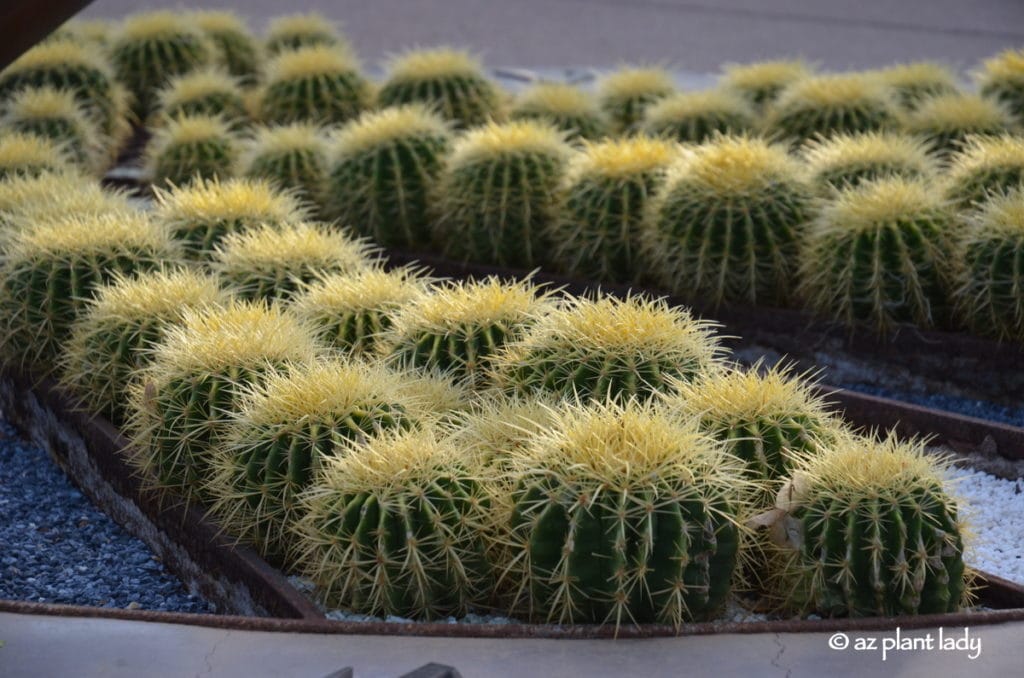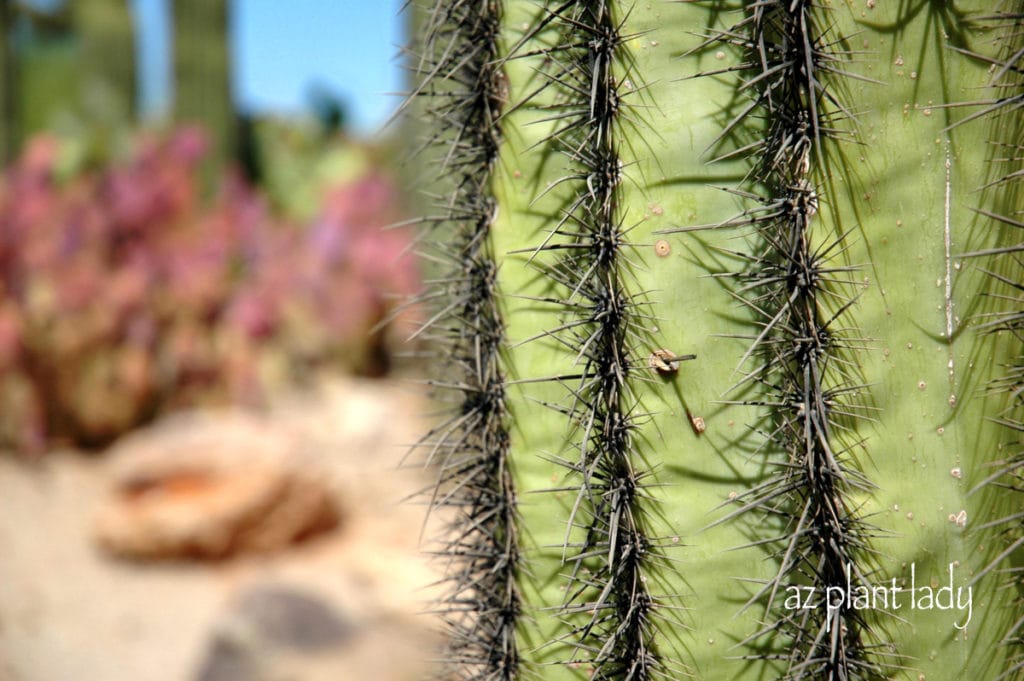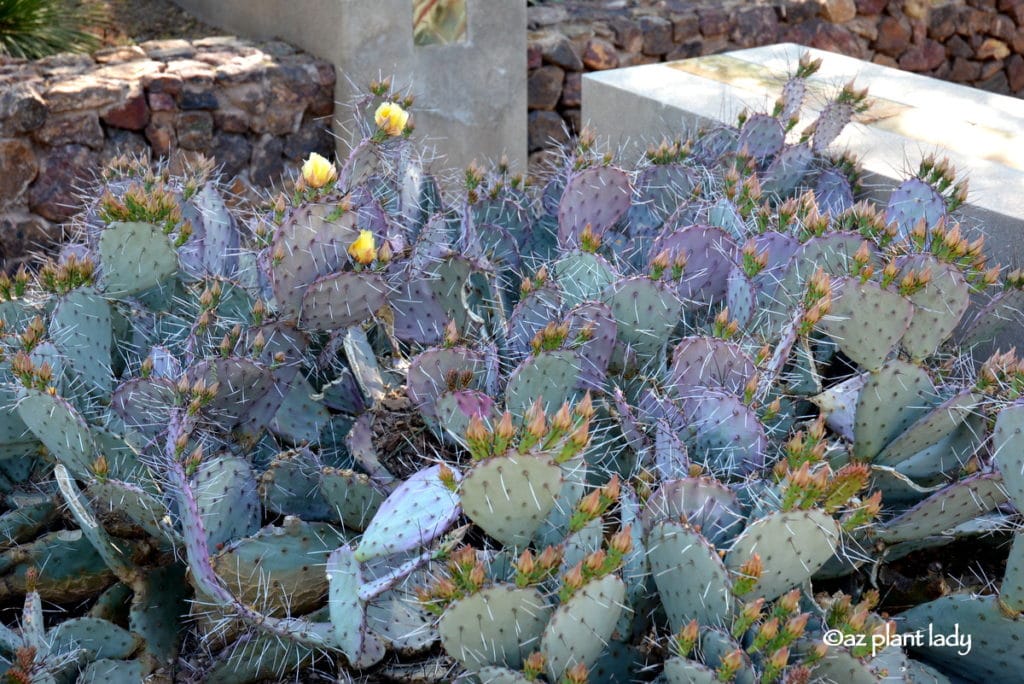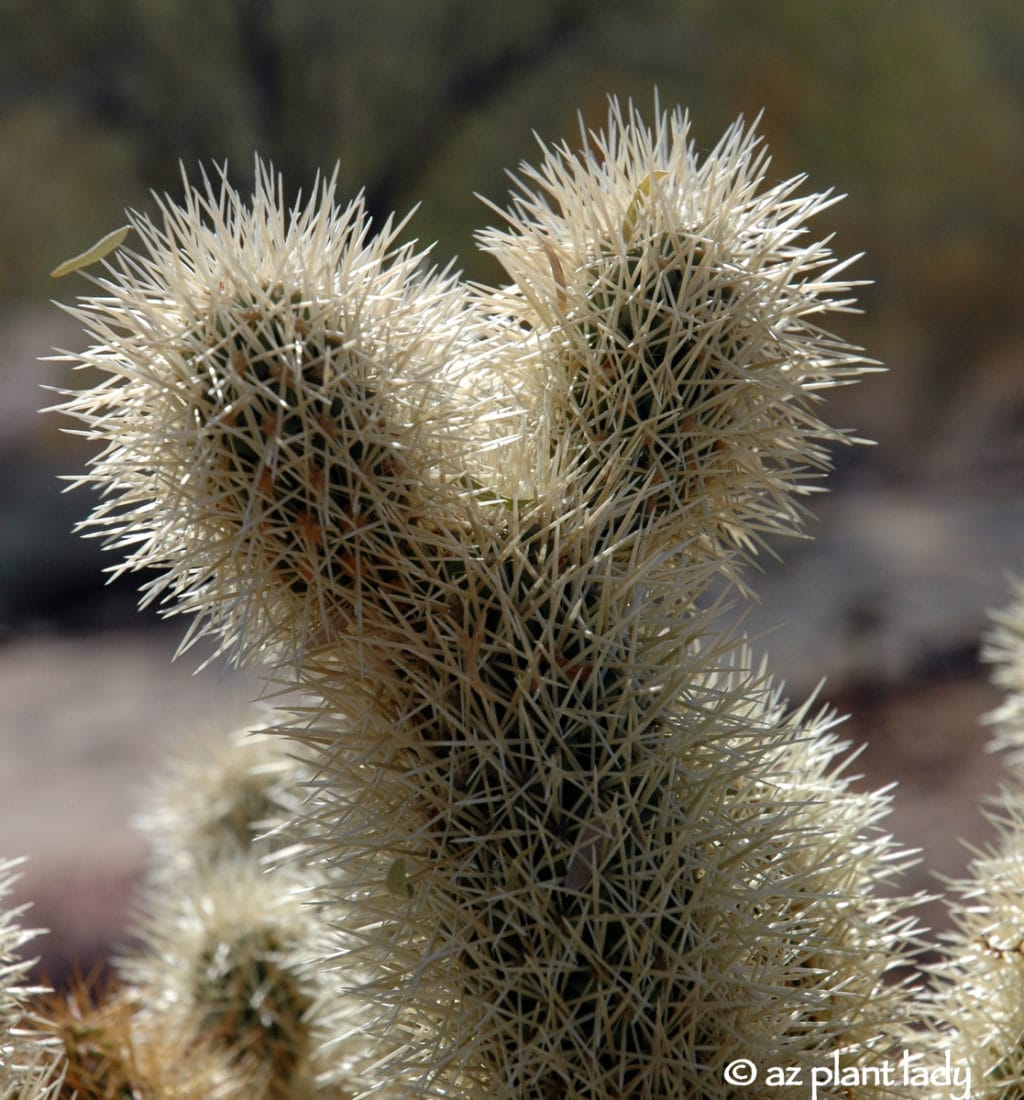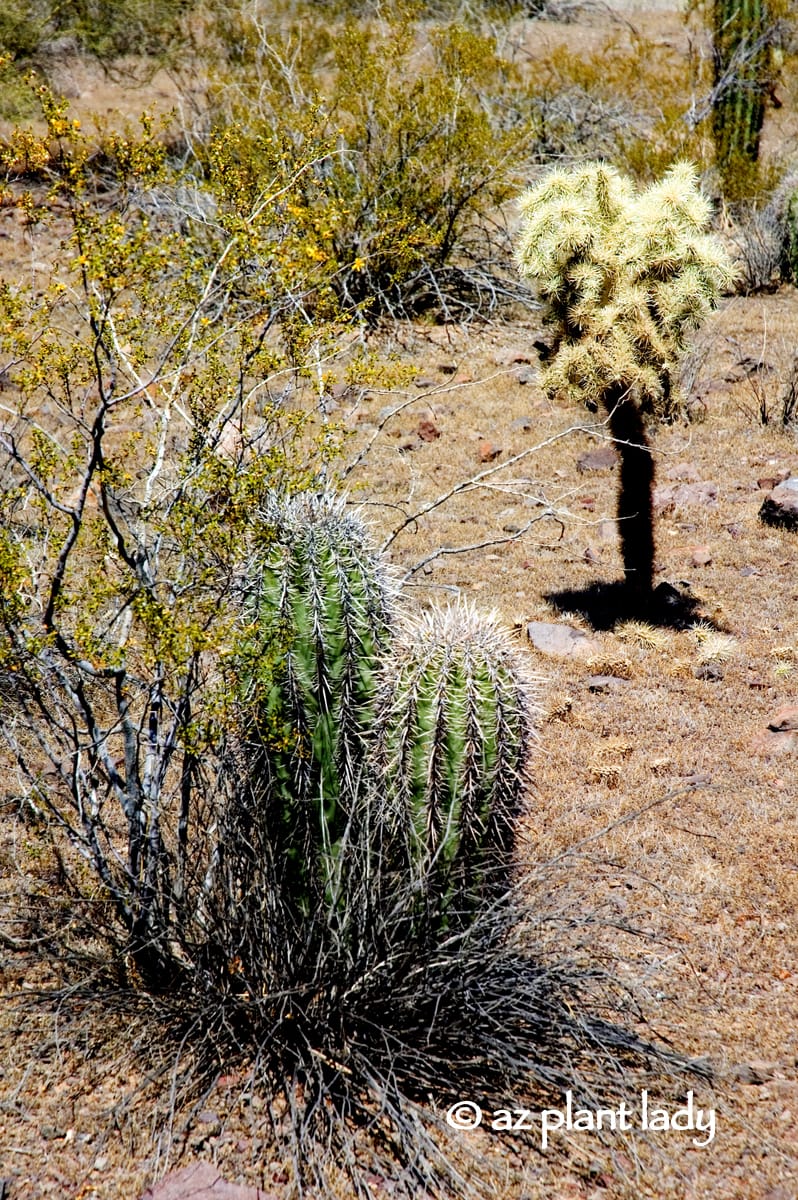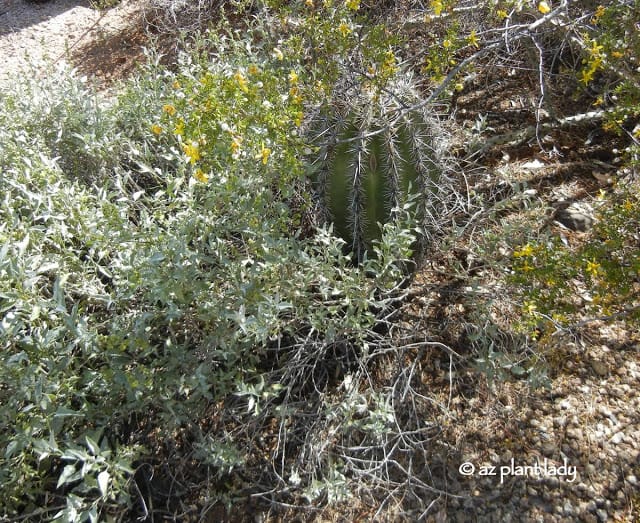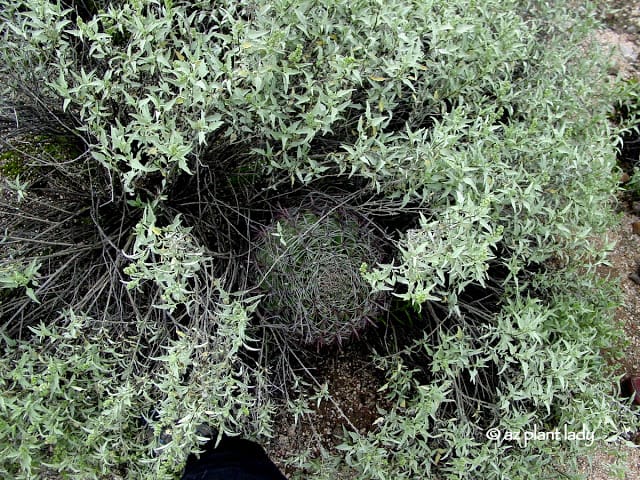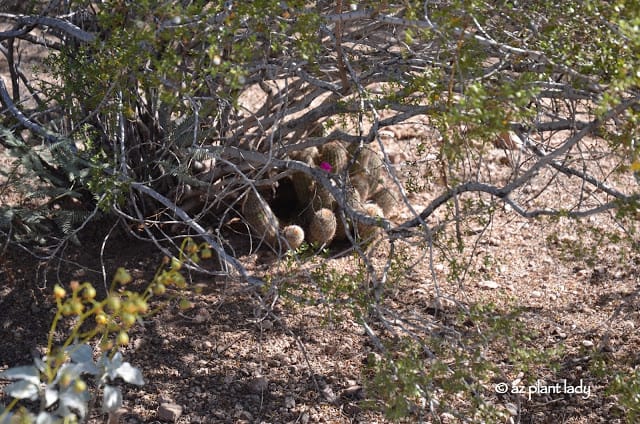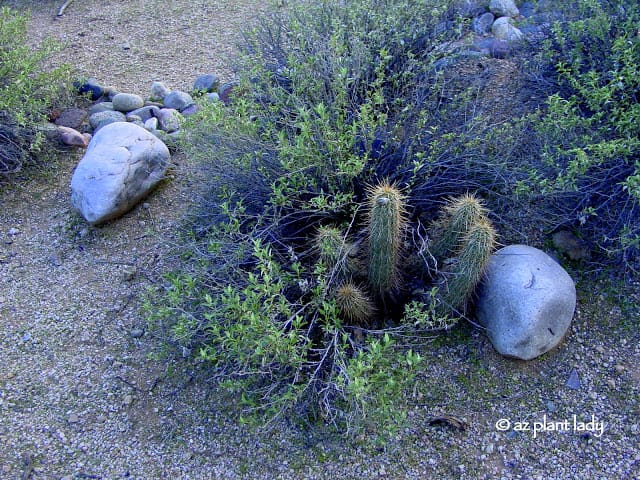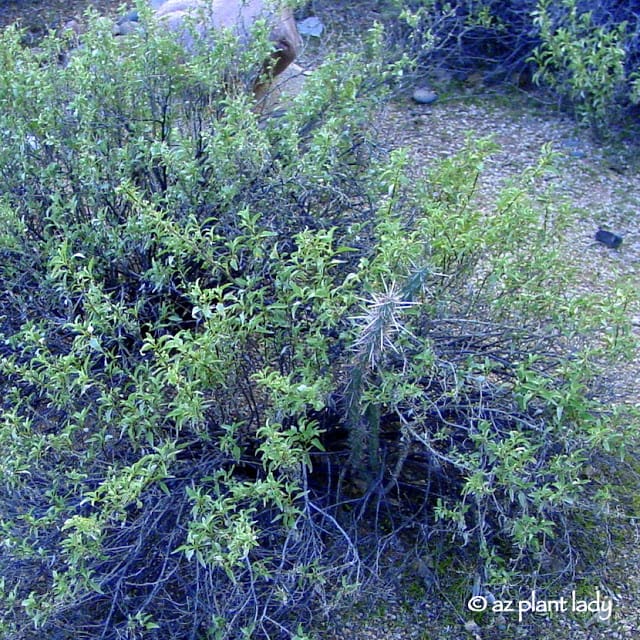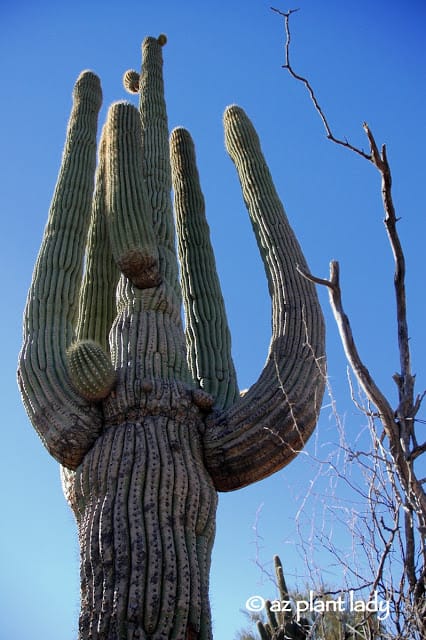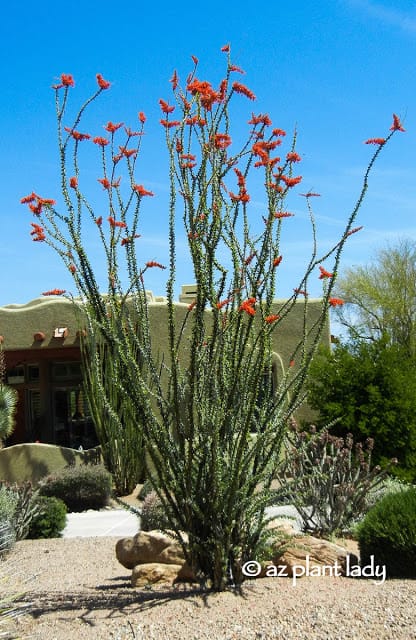Signs of Trouble: Overwatered Saguaro Cactus
Last week, I was finishing up a landscape consult with a client. I see that the saguaro cactus growing in his neighbor’s yard is a fat overwatered cactus.

At first glance, you may have trouble seeing what is wrong.
You might think that it is a little on the ‘fat’ side and you would be right.
But look closer…

overwatered cactus
Cracking the Issue: Identifying Overwatered Cactus
Do you see the two horizontal cracks?
There is one toward the top and one near the bottom of the photo.
These cracks are signs of an overwatered cactus.

Proper Irrigation for an Overwatered Cactus: The Drip Emitter Dilemma
At the base of the saguaro are 4 drip emitters.
Drip emitters around a cactus can be a good thing. Here is the trick — ONLY when the irrigation line is used specifically for the cactus.
Cactus do like a good drink of water once a month during dry, summer months and a dedicated drip-line can provide that. When the summer rains arrive, turn off off the water irrigation. In fall, winter and spring, your saguaro does not need any supplemental water.
*Keep in mind that they survive on natural rainfall out in the desert.
Clearly the saguaro above is demonstrating overwatering. From the size of the saguaro and the cracks, that the drip irrigation is being turned on too often.

Seeking Solutions: Saguaro Care Tips
The other 2 Saguaro cacti on the property are also overwatered. They are too ‘fat’. Saguaros are beautiful, but they can be challenging when planted in suburban communities.
The Desert Botanical Garden has an excellent article on how to grow Saguaro cacti, including how much, if any, water they need.
I told my client about his neighbor’s ‘fat’ Saguaro cacti and he said that he would mention it to them 🙂


